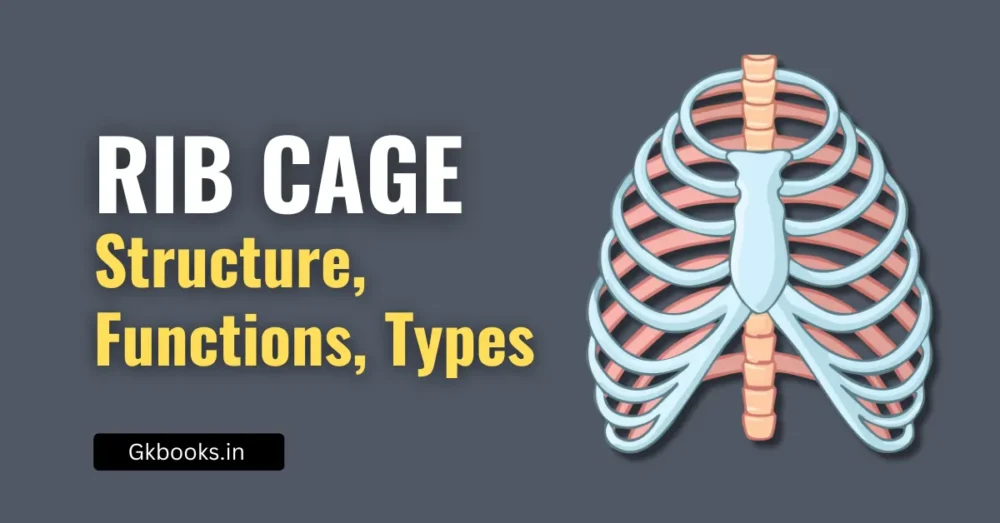The cell is the basic unit of life. All living organisms, from the tiniest bacteria to the largest animals, are made up of cells. Some organisms, like bacteria, have only one cell (unicellular), while others, like humans, have trillions of cells (multicellular). In this post, we will explore the structure, types, and functions of cells in a simple and easy-to-understand manner.
What is a Cell?
A cell is the smallest structural and functional unit of life. It is like a tiny building block that makes up all living things. Cells carry out all the activities necessary for life, such as growth, reproduction, and responding to the environment.
Types of Cells
Cells are classified into two main types based on their structure:
1. Prokaryotic Cells
- Definition: Cells that do not have a well-defined nucleus.
- Examples: Bacteria and archaea.
- Characteristics:
- Simple structure
- No nucleus (DNA floats in the cytoplasm)
- Few organelles
- Smaller in size (1-10 micrometers)
◾Read More details about: Prokaryotic Cells
2. Eukaryotic Cells
- Definition: Cells that have a well-defined nucleus enclosed by a membrane.
- Examples: Plants, animals, fungi, and protists.
- Characteristics:
- Complex structure
- Nucleus present (contains DNA)
- Many organelles
- Larger in size (10-100 micrometers)
◾Read More details about: Eukaryotic Cells
| Feature | Prokaryotic Cell | Eukaryotic Cell |
|---|---|---|
| Nucleus | Absent | Present |
| Size | Small (1-10 µm) | Large (10-100 µm) |
| Organelles | Few | Many |
| Examples | Bacteria, Archaea | Plants, Animals |
◾Also explore: Cell Theory NCERT Notes
Structure of a Cell
A typical cell consists of three main parts:
1. Cell Membrane
- Also called the plasma membrane.
- A thin, flexible layer that surrounds the cell.
- Controls what enters and leaves the cell.
2. Cytoplasm
- Jelly-like substance inside the cell.
- Contains all the organelles and helps in chemical reactions.
3. Nucleus (only in eukaryotic cells)
- The control center of the cell.
- Contains DNA, which carries genetic information.
- Helps in growth, reproduction, and cell activities.
Observing Onion Peel and Human Cheek Cells
- Onion Peel Cells (Plant Cells):
- Have a cell wall as the outer boundary.
- The cell membrane lies just inside the cell wall.
- Contain a nucleus that holds genetic material.
- Human Cheek Cells (Animal Cells):
- Do not have a cell wall, only a cell membrane.
- Contain a nucleus that holds genetic material.
Cell Organelles and Their Functions
Cells have tiny structures called organelles, which perform specific functions. Here are the major organelles:
| Organelle | Function |
|---|---|
| Nucleus | Controls cell activities and stores DNA. |
| Mitochondria | Produces energy (known as the powerhouse of the cell). |
| Ribosomes | Make proteins needed for growth and repair. |
| Endoplasmic Reticulum (ER) | Transports materials inside the cell. |
| Golgi Apparatus | Modifies and packages proteins for transport. |
| Lysosomes | Break down waste and old cell parts. |
| Vacuoles | Store water, nutrients, and waste (large in plant cells). |
| Chloroplasts | Found only in plant cells; help in photosynthesis. |
| Cell Wall | Found only in plant cells; provides support and protection. |
| Centrosome | Found only in animal cells; helps in cell division. |
Differences Between Plant and Animal Cells
| Feature | Plant Cell | Animal Cell |
|---|---|---|
| Cell Wall | Present | Absent |
| Chloroplasts | Present (for photosynthesis) | Absent |
| Vacuole | Large central vacuole | Small vacuoles |
| Shape | Rectangular | Round or irregular |
| Centrosome | Absent | Present (helps in cell division) |
Size and Shape of Cells
- Cells differ greatly in size, shape, and activities.
- The smallest cells, Mycoplasmas, are about 0.3 µm in length.
- Bacteria are around 3 to 5 µm.
- The largest isolated single cell is the ostrich egg.
- In the human body:
- Red blood cells are about 7.0 µm in diameter.
- Nerve cells are some of the longest cells.
- Cells come in many shapes such as disc-like, polygonal, cuboidal, columnar, thread-like, or irregular, depending on their function.
Why Are Cells Important?
Cells are important because:
- They carry out life processes such as respiration, digestion, and excretion.
- They help in growth and repair by making new cells.
- They produce energy to keep the body functioning.
- They store genetic information and pass it to the next generation.
Fun Facts About Cells
- The human body has about 37 trillion cells!
- The longest cell in the human body is the nerve cell.
- Red blood cells do not have a nucleus!
- Bacteria were the first living organisms on Earth.
Conclusion
Cells are the basic units of life, forming the foundation of all living beings. Understanding the structure and function of cells helps us learn more about how our body and other organisms work. Keep exploring, keep learning, and remember—every big organism starts with just one tiny cell!
Keep Learning and Stay Curious!







